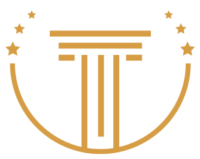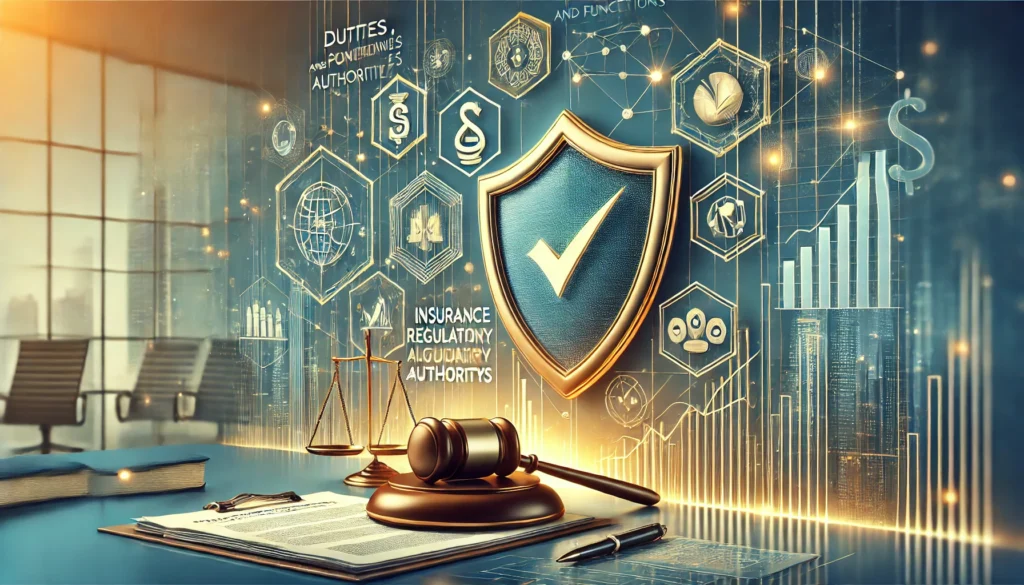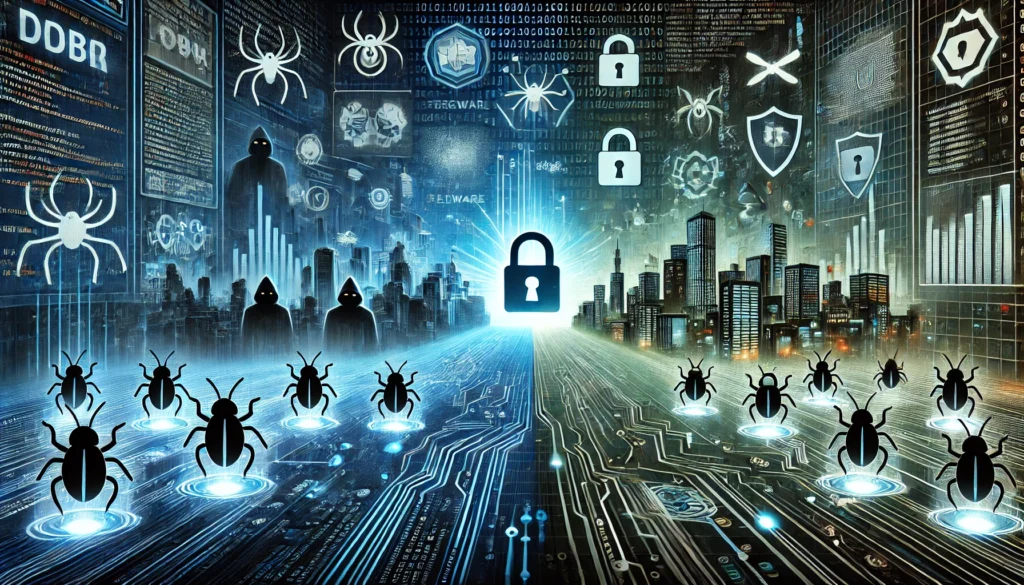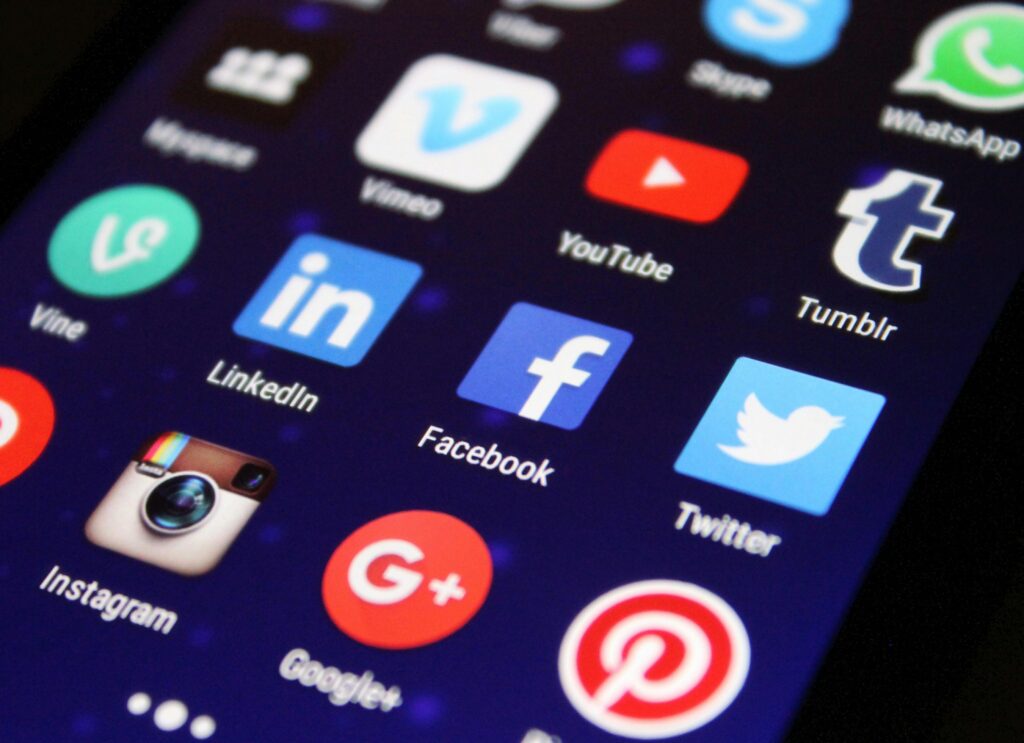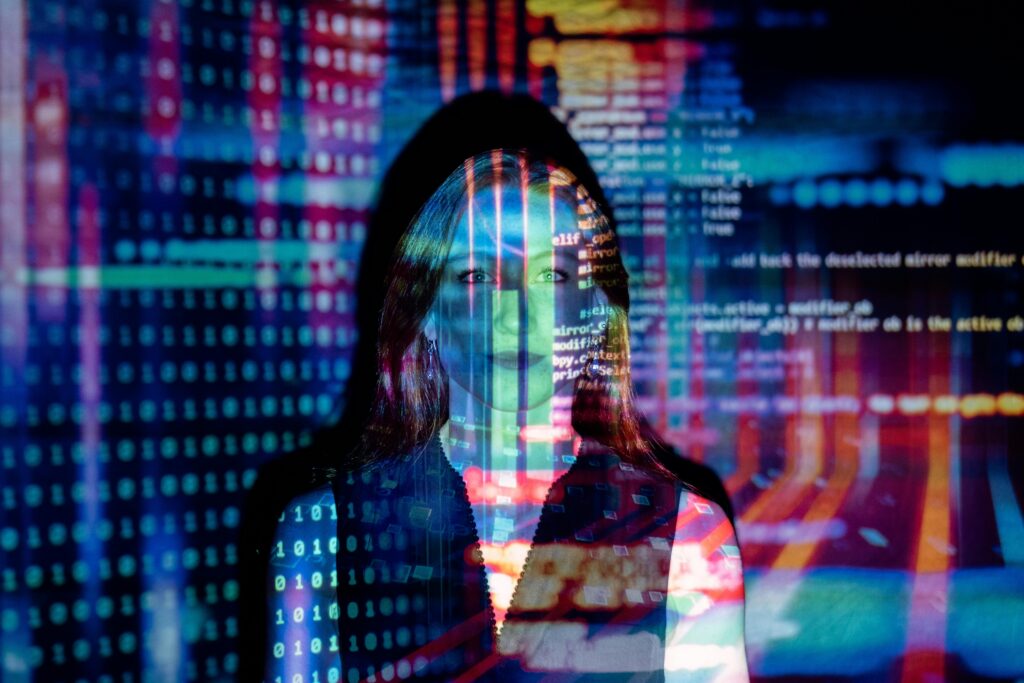Published on 15th July 2025
Authored By: Jyoti Gupta
Manav Rachna University
ABSTRACT
Social media can be termed as a boon, in today’s time, which is obviously attached with liabilities. This article talks about, its regulation process in India, how the government is authorised to control the social media. Supreme Court has provided certain rulings, but not clearly given any guidelines. The author, tries to dig, in the concepts and principles on which the rights of people are given to use social media, with reasonable restrictions.
A very recent case took place, related to social media and Ott platform, which is an example of controversies between the rights of people and responsibilities. Several Case studies are also mentioned in the article, which helps us understand better, exactly what and why is all this fuss about.
Keywords- social media, liabilities, controversies, guidelines
SOCIAL MEDIA
Today, there are hardly be any person who can deny that they don’t use social media. Almost the entire population must be on one or another social media platform. It has undoubtedly, become an important part of our life. From Business dealings to using leisure time, people are using the social media as a medium of it.
In common language, social media refers to those platforms, where the intermediaries or the sites or apps, allow its users to connect with people all over the world, by sharing posts, images, audios, videos, etc. with the use of Internet. Its use gained a widespread boost when Facebook came into being, in India in 2006. Facebook, Instagram, and WhatsApp, are the apps that come under the category of social media, particularly these days. Twitter is also a commonly used, Blog platform where people are allowed to write mini blogs with a certain limit on its characters. Earlier, only mails etc. were used by people to convey information and that too by limited population.
It has become so crucial for our lives, that now it is not wrong to say that basically, there is a right to social media to everyone, along with right to access to internet. Also, this right cannot be held unconstitutional because it only facilitates people to use their right of freedom of speech and expression under article 19 of Constitution of India. But every right comes with duties. Right to social media also comes with obligations.
RIGHT TO FREEDOM OF SPEECH AND EXPRESSION
Our Constitution of India, guarantee certain Fundamental Rights to people, under Part III, which aims to protect their personal liberty. One of them is Right to Freedom of Speech and Expression under article 19(1). These right forms the backbone of personal liberty as it enables a person to express their opinions freely, through any mode.
The proper and effective practice of this right, leads to the formation of a democratic society. This has been supported by various Jurists around the globe and Justice Patanjali Sastri has observed in the case of Louise De Raedt v/s Union of India (1991) that- [1]
“Freedom of Speech and of the press lay at the foundation of all democratic organizations, for without free political decisions no public education, so essential for the proper functioning of the process of Government, is possible.”
The social media serves as a platform for people to use their right of speech and expression as people connect through it and get aware of other’s opinion and information or messages that people try to convey through it. But sometimes fake news or such pictures or messages are released, that needs to be controlled because social media has the capacity to spread this news or misinformation quickly to a number of people, which goes against the right of freedom of people, and there emerges, the role of government to regulate such social media use. This is done by government, with the Information Technology Act, 2000.
REGULATION OF SOCIAL MEDIA
Even the fundamental right of Freedom of Speech and Expression is not absolute in nature. Article 19(2) provides reasonable restrictions on this right, which involves, to protect the nation’s integrity and sovereignty, security of State, public order etc.
Reasonable restrictions are also required in case of activities on social media, to prevent people to negatively influence the public in any way. The Information Technology Act of 2000 is functional for that purpose only. This Act was amended in 2008 to include section 66A into the Act, which criminalised the propagation of any information offensive in nature over the internet, it also stood to cover any message sent electronically which causes annoyance or inconvenience to the receiver. This section included a word “grossly offensive”, which was open ended and could be interpreted in a number of senses. This section was a powerful tool in the hands of government, to curb the misuse of internet and social media.
However, the Supreme Court, in the case of Shreya Singhalv v/s Union of India, quashed section 66A, in March 2015, after dealing with several petitions about government misusing the powers under this section. The Supreme Court found this section vague and open ended, because of which it was later removed from the Act.
The term of grossly offensive was included as such, so that government could use it in their own way, according to situations, which somewhere violated the Right of freedom of speech, under article 19(1) by going far beyond the limits and interpretation of “reasonable restrictions” under article 19(2). The restrictions under section 66A were not falling under any of the eight restrictions mentioned in 19(2) and this is how, the law of censorship was scrapped out from Indian Legal System. [2]
STAND OF JUDICIARY
The Legislature has made guidelines clear for the regulation of social media. The norms defined are liberal and self-regulatory. The intermediaries are free from liabilities in case, any such inappropriate content is posted on their apps or sites, provided they should not be one spreading or regulating them. The rules were framed, as a consequence of development where the misuse of governmental powers was highlighted.
In Re: Prajjawala Case of year 2018, The Supreme Court emphasised the need for government of India to frame guidelines in order to restrict the increased images, visuals and sites of child pornography, rape and gang-rape. In another case of the same year, that is, Tehseen S. Poonawalla Case, the Supreme Court observed that the government should be given the freedom to restraint the spread of messages that lead to chaos and any sort of violence.
In Janani Krishnamurthy and Antony Clement Rubin case of 2018, a writ petition was filed to make the Aadhar Card of the people linked with their social media accounts, to identify the illegal activities. But the court said that it cannot be make compulsory and therefore the petition was dismissed.[3]
Above all, in a recent case, abusive language was used by people in a show named “India’s Got Latent” which is streamed on Ott platform. Issues are raised against them, regarding the freedom of speech and expression. It was submitted that in order to prevent the broadcasting of the programmes which are offensive to well-known moral standards of our society, some measures are required. Ranveer Gautam Allahabadia was subject to criticism because of his words on the show, and as a result of which he later apologised, saying that humour is not his thing to perform and family could be the last thing he would joke about or insult.
This shows the power of social media and how much power it holds to criticise a person or praise him/her. In India, this right of expression was never absolute and some hold on its usage is required for smooth functioning of country and maintain peace and harmony among citizens.
OBSTACLE TO RIGHT TO INFORMATION
People advocate in favour of social media by arguing and believing that they have the right to information and social media makes them aware of the things. They have become so dependant on social media that they forgot to realise that this system works on an AI basis. People are shown only the content that they are interested in, based on their previous likes and dislikes, AI filters the content. And it’s the human tendency to like or read or visualise only those concepts and opinions which they themselves believe. Based on that, they are suggested only that concept or opinions and more posts and pictures about that. This hinders their right to information.
They are not given complete or true information about their interest or opinion; no counter concern of society is shown to them. This is a smart move of intermediaries, to reduce their workload. It only gives an illusion to people that they are making informed decisions about anything, but in reality, they are not. Marketplace of idea is a concept, which states, that let the wrong or false information also spread in market and now it rests upon the common sense and diligence of people for what to believe and what not. This is a foreign principle, that is followed in India also. But people tend to open only those answers or links which has more views, nobody cares to open the second link. Thus, the use of common sense and diligence of people cannot be blamed, if they are not well equipped with all the true options or opinions. This means, that social media is somehow, indirectly affecting our right to information or knowledge.
CONCLUSION
Social media can be both beneficial or disastrous, depending upon its use by people. It has the power to influence masses of people, by providing a platform to people, where they can express their views freely. This is supported by Constitution of India under article 19(1), but people sometimes misuse it in order to commit offences by giving hate speeches, posting child pornography videos, etc. which lasts a negative impact on people. Government of India, holds the power to make rules and regulations regarding the restriction son the use of such platforms. And they did it by making the Information Technology Act, 2000, which provides the punishments and norms for the people posting such content, and also provides the guidelines for intermediaries on how to deal with such situations. Though, the offenders are still given the right to be heard, recognising the natural justice.
It was sometimes noticed that government tries to misuse their powers, in some cases, by putting those people behind the bars, who tried to speak against the government by highlighting their loop holes. The chances are both, if the government does not regulate the social media, it will harm the thinking of people and will lead to an unmanageable environment, but if government intervention is allowed, then state can take hold the supreme power by ruining the rights of people, which are fundamental in nature, and thereby harming the democracy. The use of these platforms cannot be undermined, as nothing is flawless and the platforms which are being used by billion of people from all over the world, these cases of offences are not new. The role of judiciary has the power to make changes, by correctly interpreting the laws and maintaining the balance between the rights and powers of, both, the people and the state. Its not easy to make regulations for a heavily populated country like ours, by constantly analysing both the parameter of such issues. Till now, India has developed by making some guidelines about censorship, with the ideas from various other countries, and by now also, the parliaments are making legislations, which are then interpreted and validated or invalidated by the court, keeping in mind, both the needs and responsibilities of people. With the increase in use of technology, in today’s world, it is impossible to eliminate its use, but still the government tries to put some restrictions on the use of such platforms by people, so that the users do not take it as an opportunity to create unrest among people.
REFERENCES
[1] Madhura Bhandarkar, ‘Legality of Social Media Algorithms: How They Shape our Minds and Democracy’(2021) Manupatra https://articles.manupatra.com/article-details/Legality-of-Social-Media-Algorithms-How-They-Shape-our-Minds-and-Democracy 22 March 2025
[2] Divyanshu Gupta, ‘Regulation of Social Media: Analysing Indian Legal Scenario’,(2018), Manupatra https://articles.manupatra.com/article-details/Regulation-Of-Social-Media-Analysing-Indian-Legal-Scenario 23 March 2025
[3] Poorva Pandey, ‘Guidelines for OTT Platforms and Social Media, 2021: Regulations or Restrictions?’ (2021), Manupatra https://articles.manupatra.com/article-details/Guidelines-for-OTT-Platforms-and-Social-Media2021-Regulation-or-Restriction 23 March 2025
